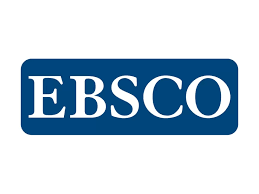LITÍASE RENAL NO PRÉ E PÓS-TRANSPLANTE RENAL
DOI:
https://doi.org/10.53855/bjt.v8i4.382Palavras-chave:
Litíase Renal, Transplante Renal, Tratamento, Doadores de ÓrgãosResumo
A incidência de litíase renal na população geral vem aumentando e esta é uma contra-indicação relativa para a doação renal. A avaliação do potencial doador renal inclui exames laboratoriais e de imagem, podendo o doador ser liberado, mesmo quando há história pregressa de litíase renal, na ausência de distúrbio metabólico (hipercalciúria, hiperoxalúria, hiperuricosúria e/ou hipocitratúria, acidose metabólica), na ausência de história de cálculo de cistina ou estruvita, na ausência de infecção urinária e na ausência de múltiplos cálculos ou nefrocalcinose. Os cálculos renais presentes em doadores falecidos ou vivos podem ser eliminados espontaneamente após o transplante ou podem ser removidos pela ureteroscopia, nefrolitotomia percutânea ou litotripsia extracorpórea. A litíase renal após o transplante renal é um evento raro e pode acontecer tanto de novo, quanto já estar presente no rim do doador, com incidência variando de 0,2 a 3%. Os pacientes são usualmente assintomáticos, já que o rim transplantado é denervado. O diagnóstico pode ser feito em três meses a três anos após o transplante, com maior freqüência no primeiro ano. A composição dos cálculos difere da população geral, de modo que os cálculos de ácido úrico ou aqueles associados à infecção urinária são mais freqüentes. O tratamento depende do tamanho do cálculo, da sua localização e da experiência do centro transplantador, incluindo a litotripsia extracorpórea, a nefrolitotomia percutânea ou aberta, ureterorenoscopia, a cistoscopia e a observação clínica (eliminação espontânea).
















